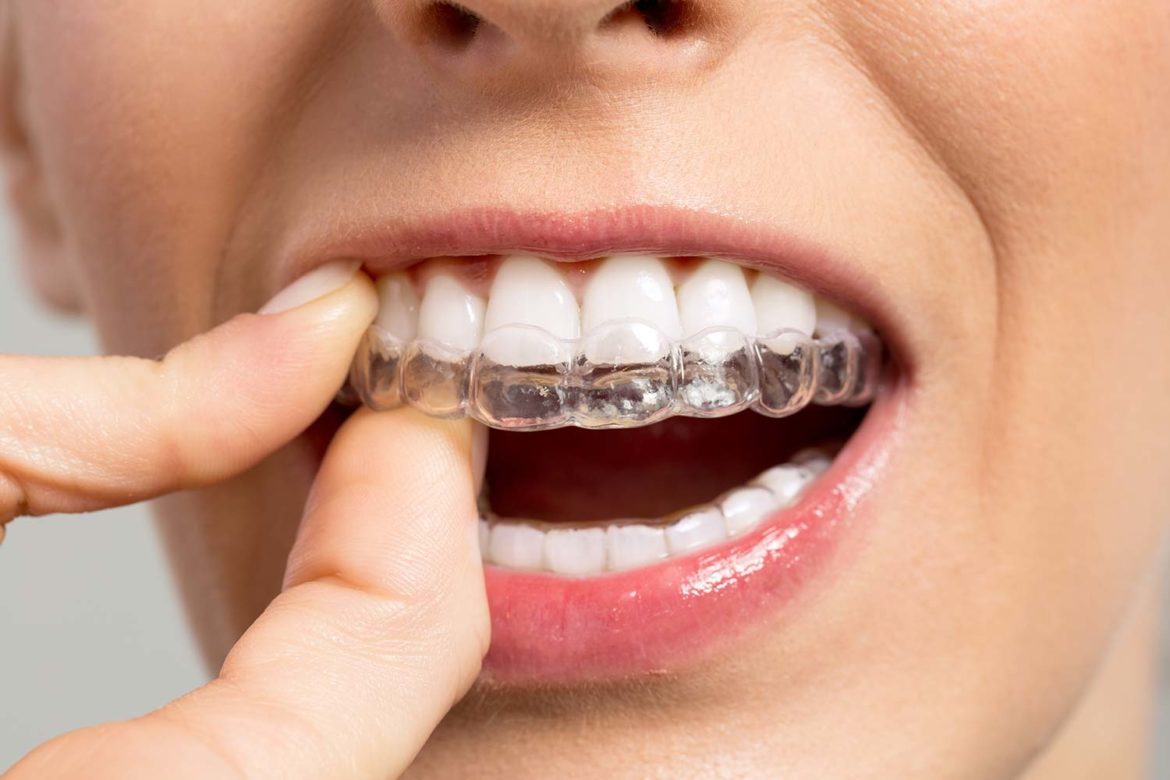Orthodontic treatment with braces has evolved greatly over time, offering different options for people looking to improve their teeth and jaw alignment. Braces remain a popular choice for correcting misaligned teeth and jaw, with various types of braces available today. In this article, we will look into the different types of braces commonly used, highlighting their unique features, benefits, and when to use them.
- Traditional Metal Braces
One of the most well-known and widely used orthodontic treatments for various teeth alignment issues is traditional metal braces. These braces are made from high-quality stainless steel and consist of brackets, archwires, and elastic bands. By applying gentle pressure, metal braces gradually shift the teeth into the desired positions. Despite their noticeable appearance, they are highly effective and typically more affordable compared to other teeth aligners cost in India.
- Ceramic Braces
For people seeking a less noticeable alternative, ceramic braces offer a much better solution. These braces mainly look like metal braces but feature tooth-coloured or clear ceramic brackets that blend with the natural tooth colour. This feature makes the ceramic braces less visible, particularly from a distance. However, it is important to note that ceramic braces may be more prone to staining and generally have a slightly higher cost than metal braces.
- Lingual Braces
Lingual braces are a discreet option as they are placed on the back surface of the teeth, facing the tongue. Similar to traditional braces, they make use of brackets, archwires, and elastic bands but are customised to fit each individual’s teeth contours. Lingual braces provide the advantage of being virtually invisible from the outside.
However, they may require more time to adjust to and require strict and consistent oral care practices. Additionally, not all cases are suitable for lingual braces, as they may affect tongue movement and speech in some individuals.
- Self-Ligating Braces
Self-ligating braces use a sliding mechanism instead of elastic bands to secure the archwire in place. This design reduces friction and the need for frequent adjustments, potentially shortening the overall treatment time. Self-ligating braces also offer improved comfort and hygiene in your mouth compared to traditional braces. They are available in both metal and ceramic variations, providing patients with a wide variety of choices.
- Clear Aligners
The use of aligners has gained significant popularity due to their nearly invisible and removable aligner trays that can be conveniently used. This treatment involves a series of clear, custom-made aligner trays that gradually move the teeth into the desired positions. Clear aligners are removable, making it easier to clean teeth and having fewer restrictions during meal choices.
However, effectiveness with this method relies on strict compliance, as the aligners must be worn for the recommended duration of at least 20-22 hours per day. This method of treating teeth alignment issues is often favoured by adults seeking a discreet orthodontic option with a broader budget for teeth aligners cost in India.
Individuals looking for orthodontic treatment now have a range of braces to choose from, thanks to advancements in the orthodontic field. Whether you opt for classic metal braces, ceramic braces, hidden lingual braces, removable clear aligners, or efficient self-ligating braces, there is an option to suit your preferences and dental needs. Consulting with an orthodontist will help determine the most suitable type of braces for your unique case. Remember, the ultimate goal is to achieve a beautiful, healthy smile that boosts your confidence and oral well-being.





